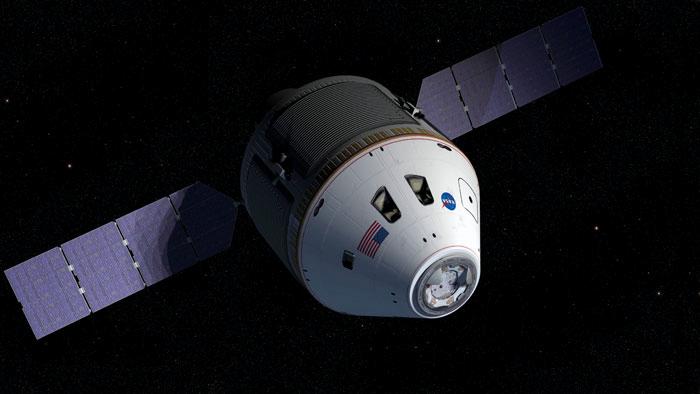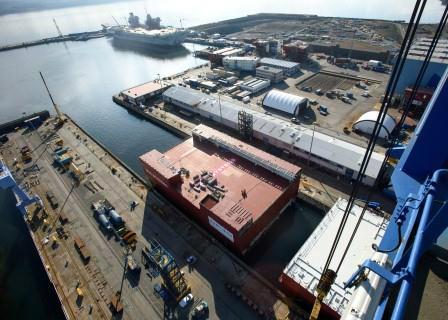
The Orion spacecraft. A NASA illustration
CAPE CANAVERAL (AP): NASA is one step closer to launching its newest spacecraft designed for humans.
Workers at Kennedy Space Centre gathered to watch as the Orion capsule emerged from its assembly hangar on Thursday, less than three months from its first test flight.
The capsule sealed for protection slowly made its way to its fueling depot atop a 36-wheel platform. The capsule and its attached service module and adapter ring stretched 40 feet high.
"Isn't this awesome?" said Kennedy's director, Robert Cabana, a former space shuttle commander. "This is our step to the future, the exploration of establishing a presence in the Solar System."
Space centre employees lined up along the rope barricade to snap pictures of Orion, NASA's lofty follow-on to the now-retired space shuttle programme.
During its December 4 test flight, the unmanned capsule will shoot more than 5,800 kilometers into space and take two big laps around Earth before re-entering the atmosphere at 32,000 kph and parachuting into the Pacific off the San Diego coast. The entire mission will last 4œ hours.
The second Orion flight won't occur until around 2018 when another unmanned capsule soars atop NASA's new megarocket, still under development, called SLS for Space Launch System.
NASA intends to put astronauts aboard Orion in 2021 for deep space exploration; each capsule can accommodate up to four.
The plan is to use Orion for getting humans to asteroids and Mars - no space station ferry trips for Orion. A handful of private US companies are competing for these short taxi flights; NASA expects in the next week or so to pick one or two candidates for funding.
 Previous Article
Previous Article Next Article
Next Article













The Indian Air Force, in its flight trials evaluation report submitted before the Defence Ministry l..
view articleAn insight into the Medium Multi-Role Combat Aircraft competition...
view articleSky enthusiasts can now spot the International Space Station (ISS) commanded by Indian-American astr..
view article